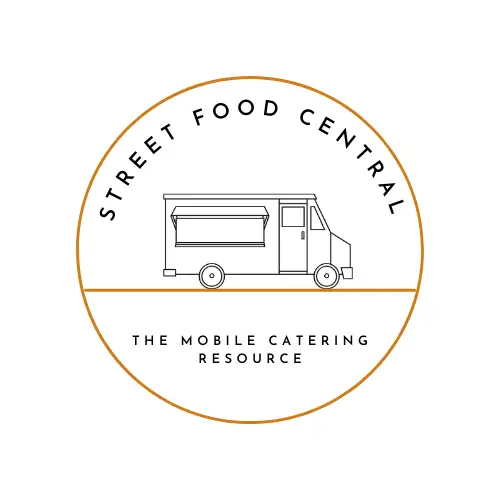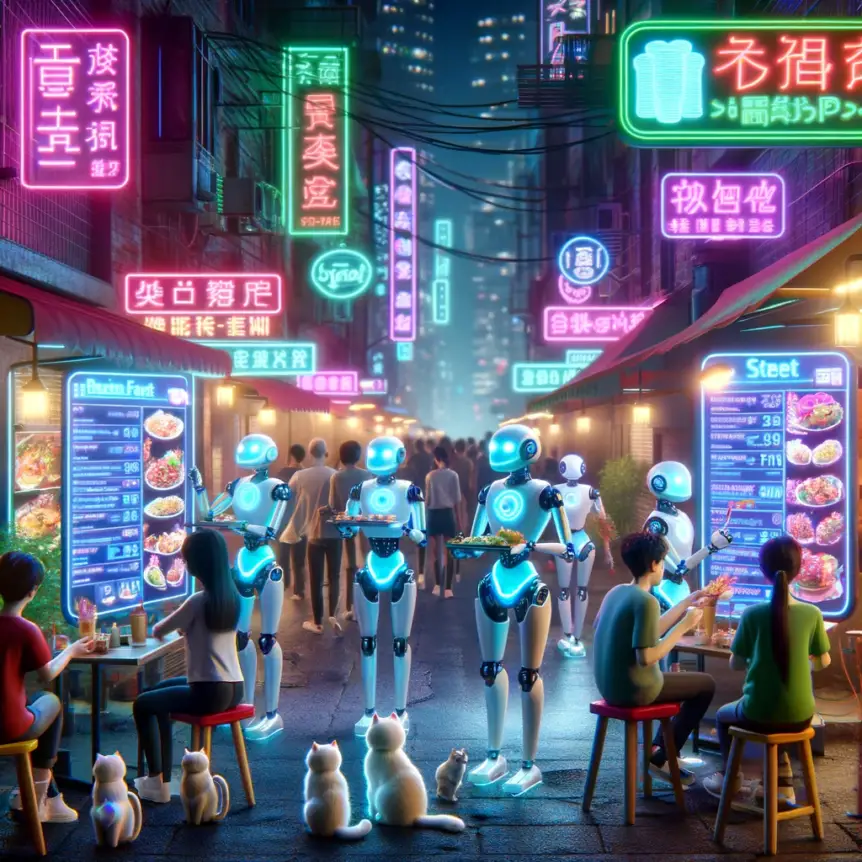The not-too-distant future of street food is likely to be significantly shaped by technological advancements, which could transform how it is prepared, sold, and experienced by consumers.
Right now, street food is certainly not in its infancy, as it is thousands of years old. However, food trucks are relatively new, at least in terms of having facilities to cook and clean within a vehicle. Even so, the future of street food could look even more incredible when technology makes further advancements.
While street food chefs jobs will not be taken by AI robots any time soon, here are some potential impacts for the future:
Automation and Robotics:
The integration of automation and robotics in food preparation and vending could revolutionize street food. We already have modern methods of food preparation such as the use of blenders, which chop food much faster than a human can. This goes for pretty much any piece of electronic equipment in the kitchen.
In the distant future, automated food carts or kiosks equipped with robotic chefs might become common, offering consistency in quality and potentially expanding the variety of foods that can be served on the street. After all, this Chinese company already makes cat waiter robots, so chef replacement may come next.
This could also lead to 24/7 availability of street food, catering to a round-the-clock consumer base. Humans could simply no longer compete.
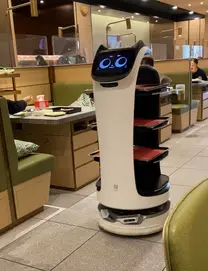
Mobile Ordering and Delivery Integration:
The future might see an even greater integration of street food with mobile ordering and delivery platforms. Just 20 years ago, restaurants would have to either have a takeout service or their own delivery driver. Now they can simply connect to an app and have a self-employed driver come and take care of this for them.
In terms of street food, consumers could order from their favorite street food vendors via apps and have meals delivered to their location. This would extend the reach of street food vendors beyond their physical location and could lead to collaborations with delivery services, amplifying their customer base.
Sustainability and Waste Reduction Technologies:
As sustainability becomes a more pressing concern, street food vendors might adopt eco-friendly technologies. This could include biodegradable packaging, solar-powered cooking stations, or waste reduction systems.
While all of these technologies already exist, they are somewhat primitive and nowhere near as practical as non-eco-friendly products such as gas stoves and simply throwing trash into a black bag.
Such technologies would not only reduce the environmental impact of street food but also appeal to a growing demographic of environmentally conscious consumers.
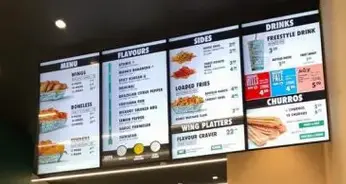
Customization through AI and Data Analytics:
Artificial intelligence (AI) and data analytics could enable street food vendors to personalize their offerings.
This kind of technology is relatively new, so the change of a food truck using it even within the next 10 years is extremely unlikely. However, by analyzing customer data and preferences, vendors could tailor their menus and recommend dishes to individual customers, enhancing the consumer experience.
This could be done in a fairly straightforward way by potential customers answering some simple questions on a tablet and then having this data analyzed to predict their favorite food item from a menu.
Virtual Reality (VR) and Augmented Reality (AR) Experiences:
This is very unlikely and in all honesty, quite far-fetched. However, it is definitely possible.
In a bid to attract tech-savvy consumers, some vendors might incorporate VR or AR to provide unique dining experiences. For instance, while eating street food, customers could wear VR headsets to virtually transport themselves to the country of the cuisine’s origin, enhancing the cultural and sensory experience.
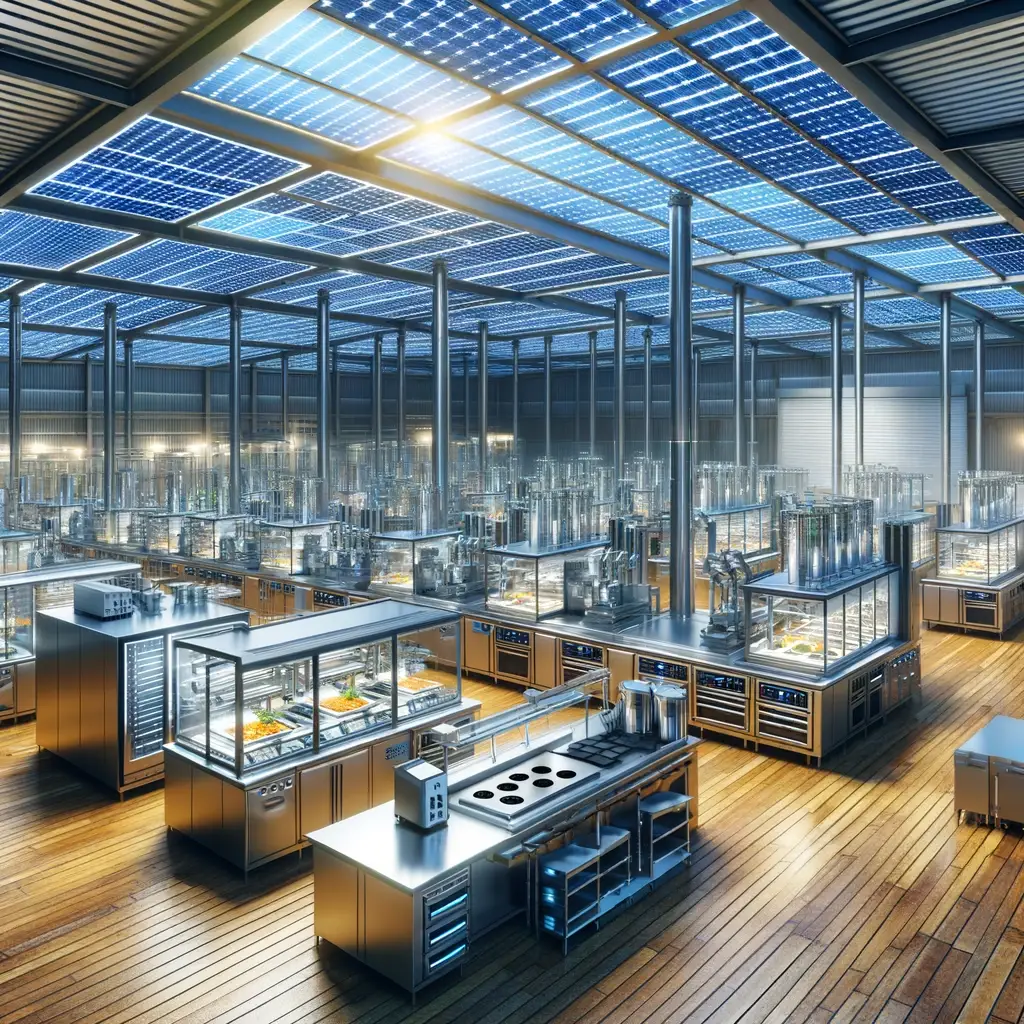
Food Safety and Traceability:
Technological advancements in food safety and traceability could bolster the reputation of street food, addressing concerns about hygiene and health.
Street food already has a perception of being dirty compared to restaurant food, which is certainly unfair considering the certificates and hygiene processes food trucks must go through in the Western world.
Sensors and blockchain technology could be used to track the origin and handling of ingredients, reassuring consumers about the quality and safety of their food. In turn, this would remove any negative connotations surrounding street food.
